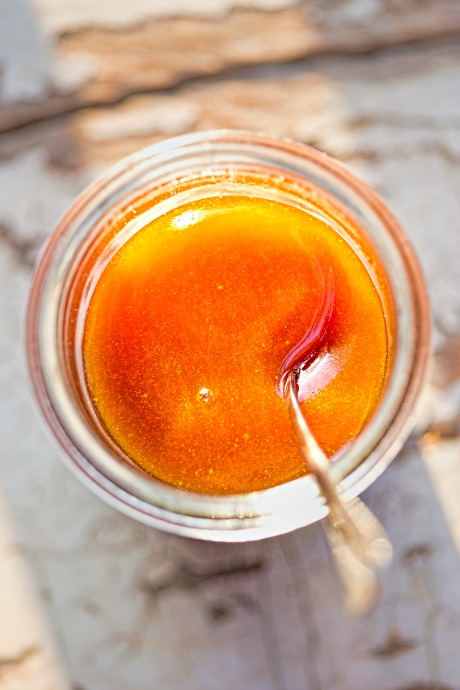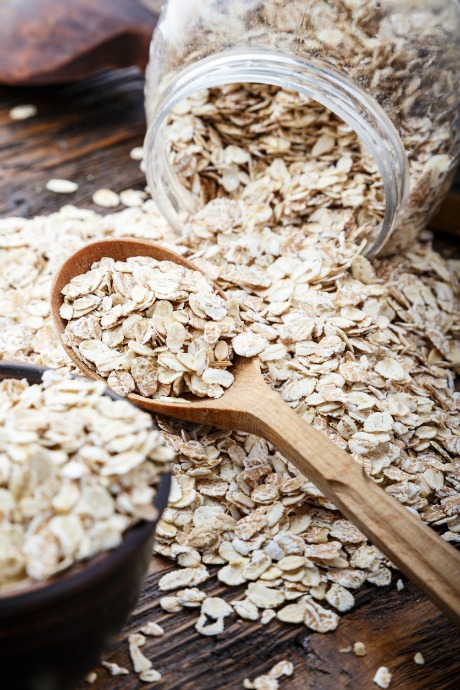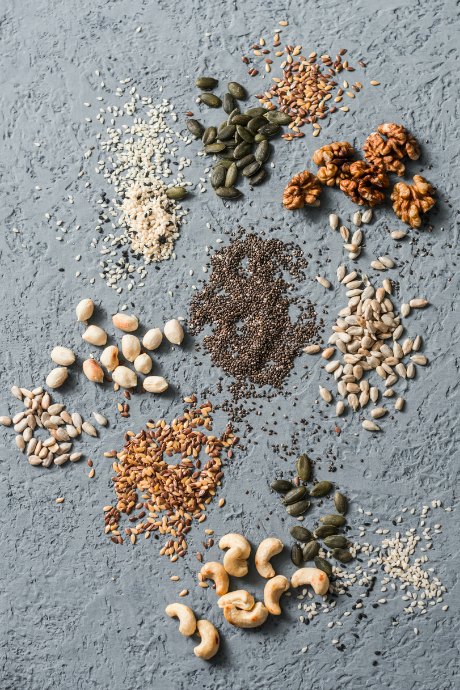Embrace Your Crunchy Side With Homemade Granola
Posted by Julie on Jul 30th 2018
We strive to make as many of our meals and snacks as possible in our own kitchens. However, we still occasionally find ourselves opting for convenience when cooking from scratch would taste better and be more economical.
Our latest revelation is how easy it is to make homemade granola, instead of spending five bucks on a bag of packaged granola. It’s less expensive and more nutritious to whip up a batch yourself, and it’s easier than you might think.
Start With the Magic Granola Ratio
Don’t waste time looking for granola recipes. All you really need is the magic granola ratio of six parts dry ingredients to one part wet ingredients. To break that ratio down a little further, your wet ingredients should include sweetener and oil in equal proportions. Likewise, at least half of your dry ingredients should consist of rolled oats. Granola without an abundance of rolled oats just isn’t granola. Use these ratios, along with the guidance in the rest of this post, to concoct your own granola recipe.
Homemade Granola: Wet Ingredients
While the dry ingredients are what most of us love about granola, the wet ingredients are crucial to turning those dry ingredients into granola. Liquid sweetener and oil coat the dry ingredients to add flavor and help form those sought-after chunks.
For your sweetener, The Kitchn recommends maple syrup or honey. We agree that either of these is a better option than corn syrup or agave. Maple syrup and honey have a more complex flavor profile than other sweeteners. Pick up a bottle of real maple syrup though, as opposed to one that’s full of corn syrup with color added.

For your oil, you have a variety of options to choose from. Coconut oil, grapeseed oil, and canola oil are all popular choices for granola. Megan Gordon, founder of Seattle-based artisanal granola maker Marge, prefers olive oil. Like honey and maple syrup, olive oil has a more complex flavor profile, and Gordon claims it gives her granola a tastiness that other oils don’t.
Finally, both Food 52 and Epicurious swear by adding an egg white to the wet ingredients. Not only will the egg white help bind the dry ingredients, but it will also add gloss and crunch. Plus, adding egg white to your granola makes it even more nutritious.
Homemade Granola: Dry Ingredients
As we mentioned earlier, at least half of your dry ingredients should be rolled oats. Quick-cooking oats are acceptable in a pinch, but the majority of our sources — including granola maker Megan Gordon — agreed that rolled oats are better in granola. They have a heartier texture and are more comparable in size to other dry ingredients you may add.

Epicurious breaks down the dry ingredients to a ratio of three parts rolled oats, one part nuts, one part seeds, and one part dried fruit or other mix-ins. Use chopped nuts as opposed to whole almonds or cashews, or pecan or walnut halves. Sunflower seeds or pepitas (pumpkin seeds) are a good option, along with chia seeds or quinoa.
Depending on the type of nuts you choose, you may want to wait to add them until halfway through the baking time. More delicate nuts like pecans and cashews can scorch.

All of our sources agree that dried fruit must wait until after your granola comes out of the oven. If you try to mix it in with the other ingredients, your dried fruit will burn.
Homemade Granola: Seasoning
It should go without saying that salt is essential. Whether you’re baking a batch of sweet or savory granola, salt helps boost all the flavors. It’s the same reason why we add salt to cookies — even going so far as to sprinkle a few flakes on top of each one. Salt enhances the flavor profile of nearly any dish.
You can also add spices, like cinnamon, allspice, cardamom, and others. Bon Appetit recommends a half-teaspoon of cinnamon, or a quarter-teaspoon of other spices. If you add cloves or nutmeg, we’d encourage you to start with an eighth-teaspoon or less. Be sure to combine your spices thoroughly with your dry ingredients.
Homemade Granola: Baking
After you’ve mixed your wet ingredients into your dry ingredients so that everything is evenly coated, it’s time to bake your granola.

If you like lots of clusters in your granola, set the oven to a lower temperature — around 300-325F. Spoon your mixture onto a baking sheet, preferably lined with parchment paper or a silicone baking mat. Use the back of your spoon (or a set of clean hands) to press the granola onto the sheet like a pie crust or a giant cookie. Food 52 admonishes against stirring at all, though The Kitchn grants permission to stir once while baking. However, because you need to wait until the granola is out of the oven before adding dried fruit, you’ll have to stir at least once at the end.
Just as you would with cookies, take the granola out of the oven before it looks and smells completely done — about 30 minutes. That’s because, like cookies, granola will continue to bake a bit longer on the hot baking sheet. This is your chance to stir in the dried fruit. Then press it down again before letting it cool completely.
Finally, if you don’t mind adding the dried fruit after the granola has formed chunks, try this smart hack from Food 52. They bake homemade granola at a slightly higher temperature for only 10 minutes, just before bed. Then, turn off the oven and leave the granola to sit in the warm oven overnight. You’ll wake up to freshly made granola in the morning.
 Free shipping over $49
Free shipping over $49










